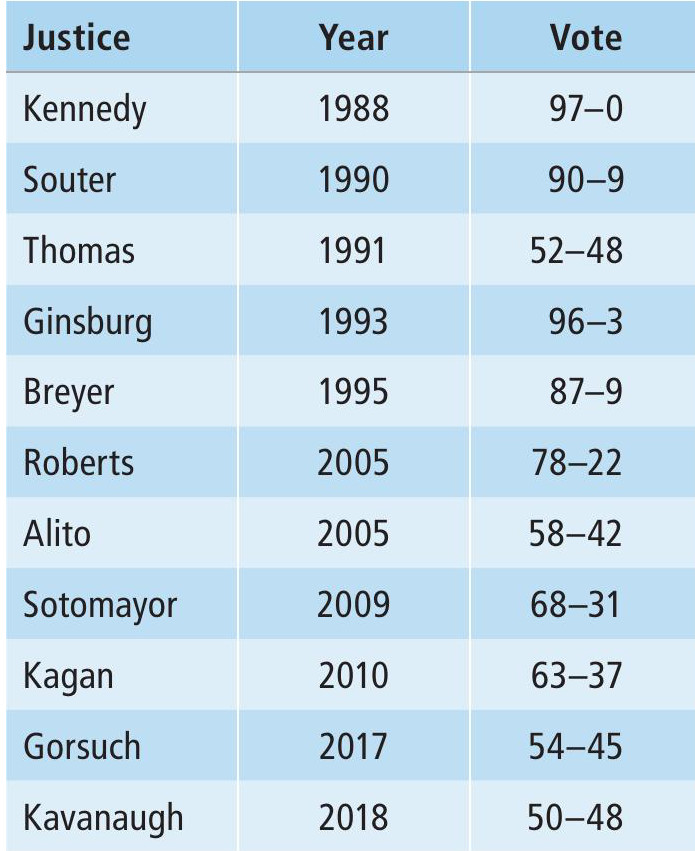
Only a few decades ago the conventional wisdom about political parties in the USA was that they both included a broad range of ideological views. The Democrats included liberals like Ted Kennedy of Massachusetts, but also conservatives like Zell Miller of Georgia. At the same time, the Republicans included conservatives like Jesse Helms of North Carolina and liberals like John Chafee of Rhode Island.
Geography was important. Liberals — in both parties — were often from the Northeast or Mid-Atlantic states, while conservatives were most likely to come from the South. The natural result of these broad church parties was bipartisanship. Democrat Ted Kennedy was much more likely to vote with Republican John Chafee on a whole range of issues than with his fellow Democrat Zell Miller. Likewise, Republican Jesse Helms was more likely to vote with Democrat Zell Miller than with his fellow Republican John Chafee.
Your organisation does not have access to this article.
Sign up today to give your students the edge they need to achieve their best grades with subject expertise
Subscribe




